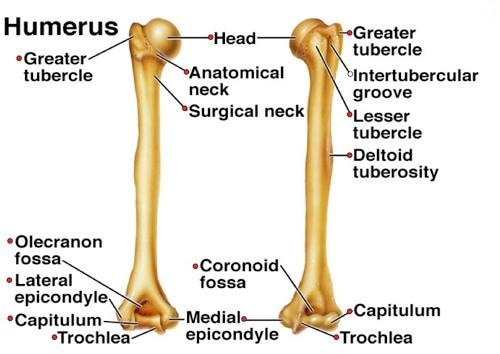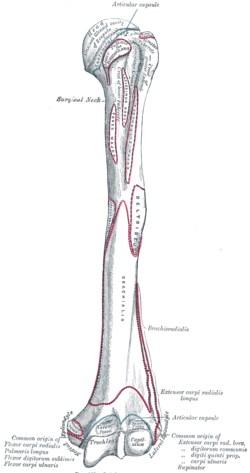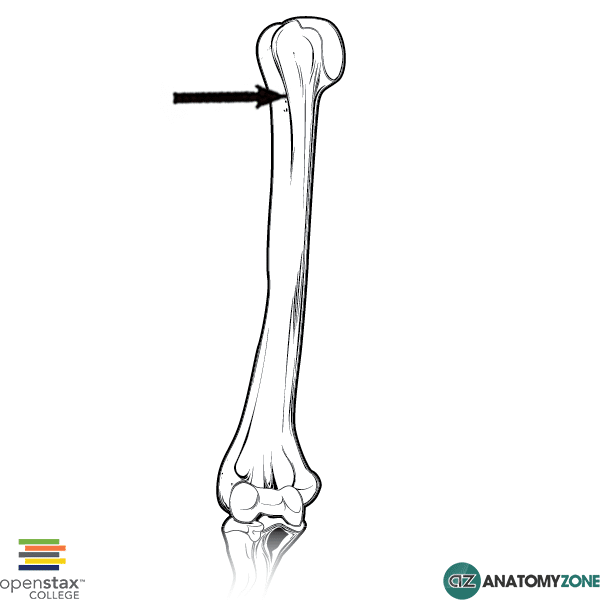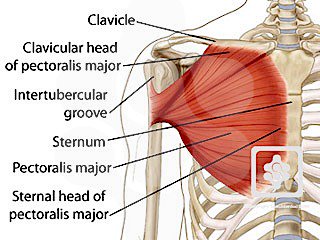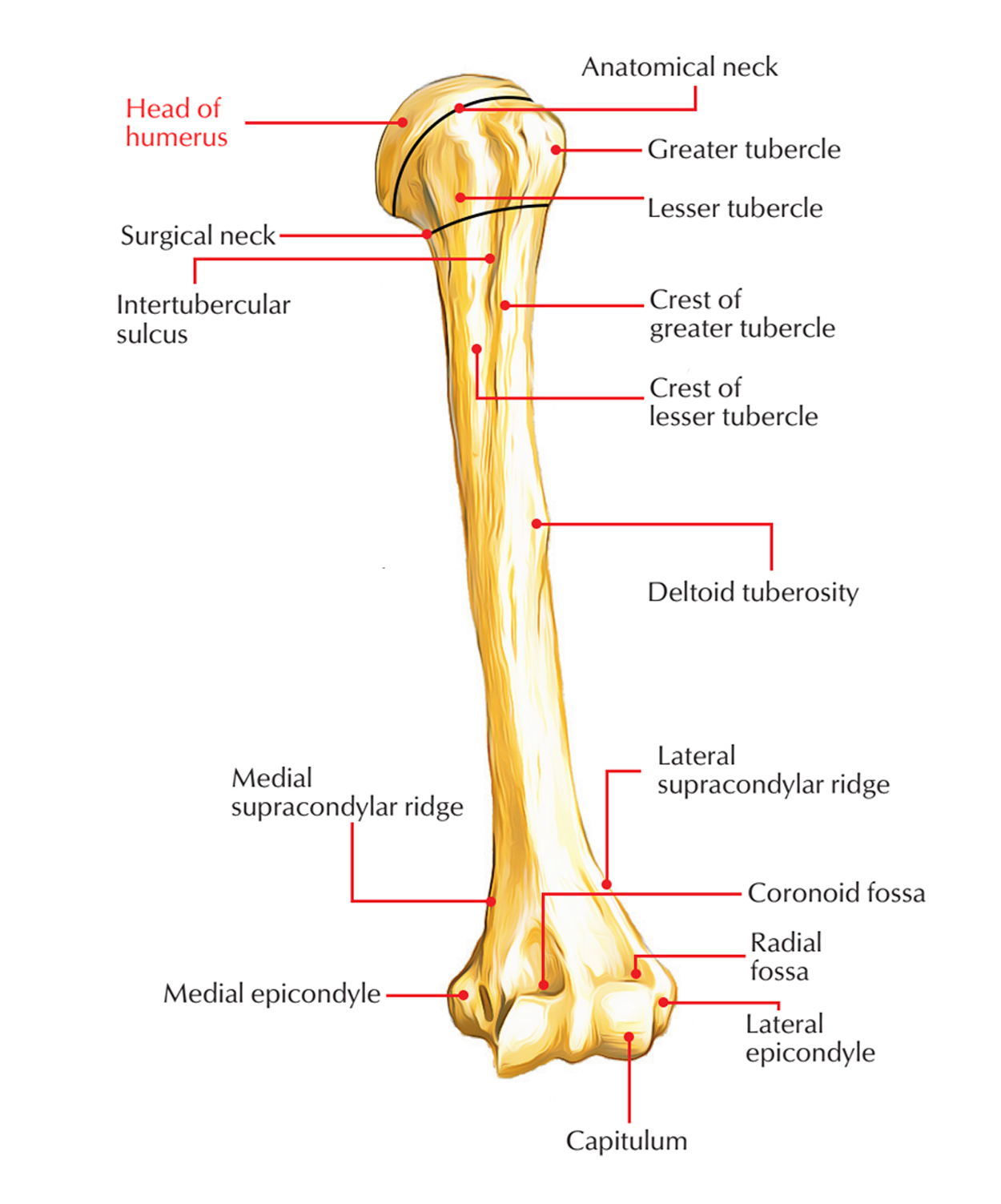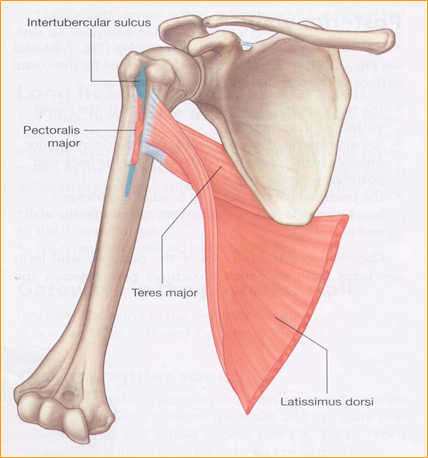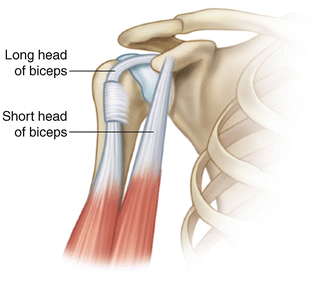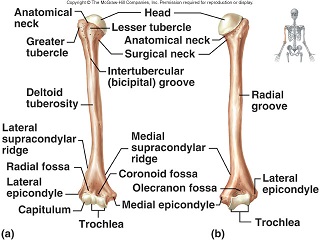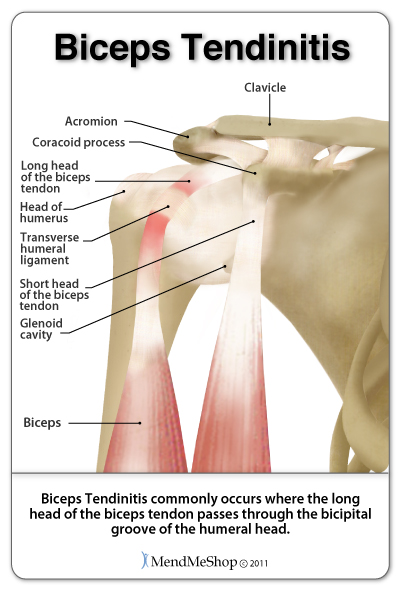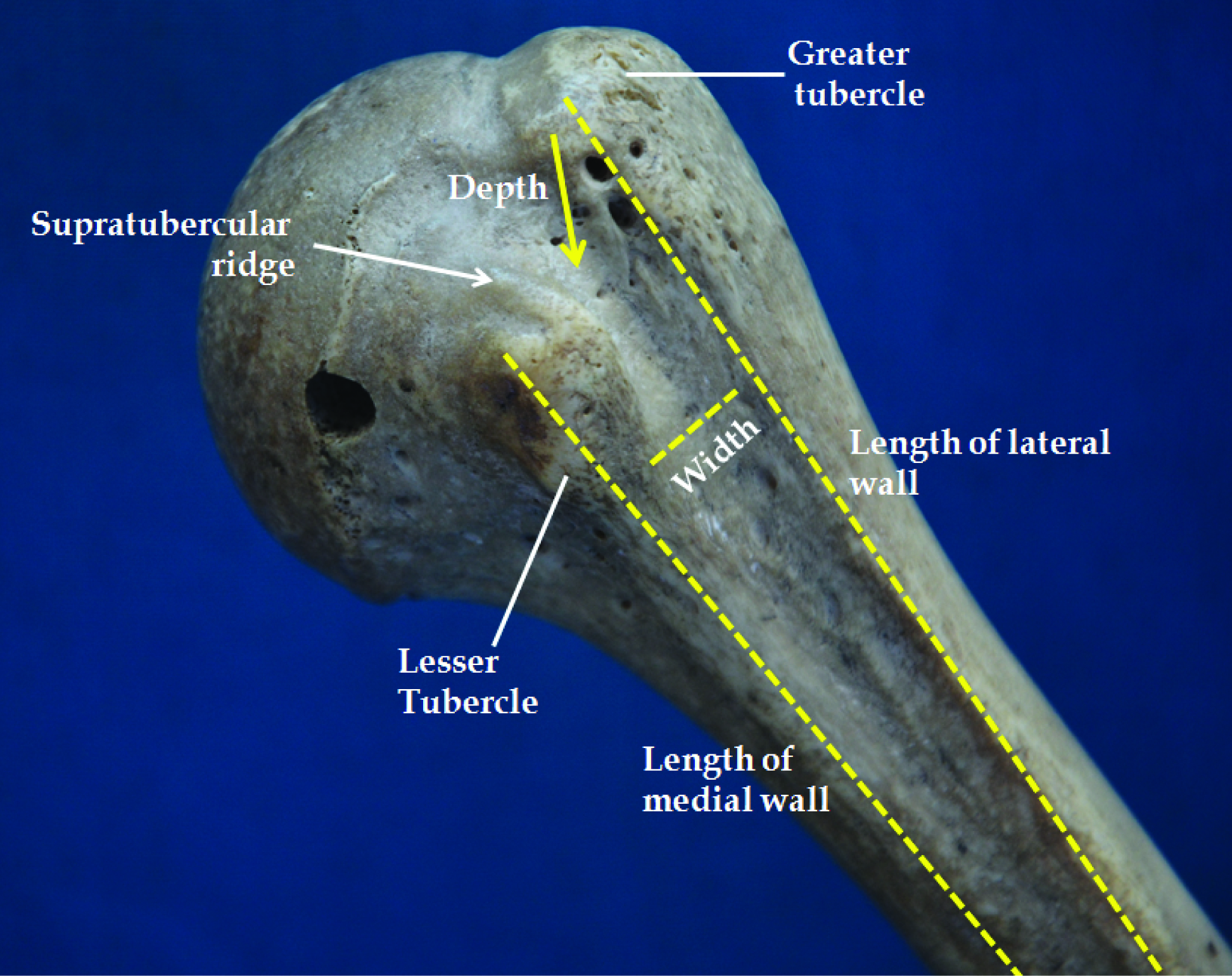Bicipital Groove Function

The median nerve traverses three successive arches or tunnels to enter the forearm deeply namely the bicipital aponeurosis pronator teres and flexor digitorum superficialis figures 41 6 and 41 7 it first passes under the bicipital aponeurosis which is a thick layer of fascia attaching the biceps brachii to the proximal forearm flexor mass.
Bicipital groove function. It also transmits a branch of the anterior humeral. Other functions unclear hypotheses include. Bicipital tendinitis or biceps tendinitis is an inflammatory process of the long head of the biceps tendon and is a common cause of shoulder pain due to its position and function. The greater and lesser tubercles of humerus are separated from each other by a deep groove the intertubercular groove bicipital groove which lodges the long tendon of the biceps brachii and transmits a branch of the anterior humeral circumflex artery to the shoulder joint it runs obliquely downward and ends near the junction of the upper with the middle third of the bone.
The tendon crosses the shoulder joint passes through the bicipital groove of the humerus and widens into the biceps muscle which attaches onto the radius. Primary function is to stabilize humeral head in glenoid during elbow flexion and forearm supination. The bicipital groove intertubercular groove sulcus intertubercularis is a deep groove on the humerus that separates the greater tubercle from the lesser tubercle the bicipital groove lodges the long tendon of the biceps brachii between the tendon of the pectoralis major on the lateral lip and the tendon of the teres major on the medial lip. The bicipital groove intertubercular groove sulcus intertubercularis is a deep groove on the humerus that separates the greater tubercle from the lesser tubercle the bicipital groove lodges the long tendon of the biceps brachii between the tendon of the pectoralis major on the lateral lip and the tendon of the teres major on the medial lip.
The structure indicated is the intertubercular sulcus of the humerus. It also transmits a branch of the anterior humeral. The long biceps tendon makes a sharp turn at the humeral head and continues its course in the bicipital groove intertubercular sulcus. The superior glenohumeral ligament sghl and the coracohumeral ligament chl are the structures that envelope the tendon and which make up the pulley system with the sghl being the more important stabiliser of the lhbt 3.
The tendon is exposed on the anterior shoulder as it passes through the humeral bicipital groove and inserts onto the superior aspect of the labrum of the glenohu. The biceps brachii muscle biceps is a large thick muscle of the arm consisting of two heads. The biceps tendon originates from the front part of the scapula shoulder blade. The tendon of the long head of the biceps muscle runs in this groove and attaches on the supraglenoid tubercle of the scapula.
Exits shoulder joint within bicipital groove under transverse humeral ligament. The intertubercular sulcus also known as the intertubercular groove or bicipital groove is a groove separating the greater and lesser tubercles of the humerus. Bicipital tenosynovitis is inflammation of the origin of the biceps tendon and its surrounding tendon sheath. Humeral head depressor during abduction.

